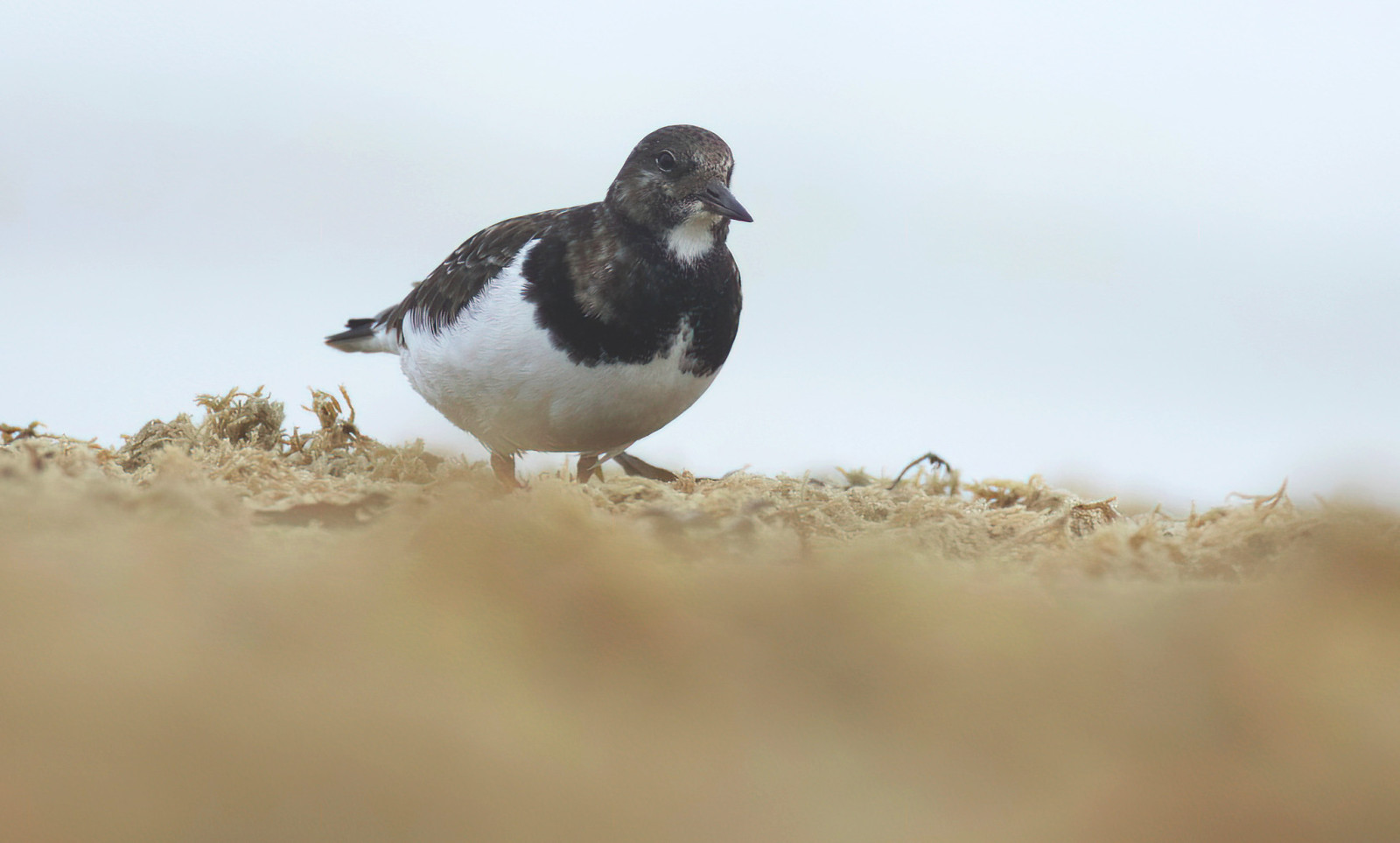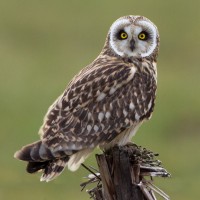Description
Wangerooge has a rich bird life in all seasons. About 200 different bird species regularly pass through the island on their way to the breeding areas and back. About 70 different bird species breed on the island. The West and East Inner Groden are characterized by meadow birds in spring and summer. Wangerooge is one of the most important retreat areas in Lower Saxony, especially for Muljača and Vivak. One bird you can't miss on Wangerooge is the Ostrigar. They seem to be everywhere. Next to the thousands of waders, ducks, gulls, terns and other migratory birds, there is always a chance on rarities on this island.
You can also do some pretty good bird migration observations on Wangerooge, as well as seawatching. It is one of the main attractions for birders on the island. Good places are the promenade and the Jever platform.
Details
Access
A ferry sails from Harlesiel to Wangerooge. The boat can only sail at high tide. On Wangerooge you can ride a narrow gauge train from the jetty in the west to the village in the center of the island. Cars are not allowed to drive on the island. Visitors can leave their car in a parking garage in Harlesiel. The car-free island of Wangerooge offers natural enjoyment at the highest level. In the island village is the National Park House operated by the NABU (BirdLife Germany), where guests can get info on the Wadden Sea and its birds.
Terrain and Habitat
Beach , Mud flats , Wetland , Agriculture , Grassland , Scattered trees and bushes , Sea , Dunes , ReedbedsConditions
Open landscapeCircular trail
YesIs a telescope useful?
YesGood birding season
All year roundBest time to visit
Autumn migration , Spring migrationRoute
Paved road , Unpaved roadDifficulty walking trail
EasyAccessible by
Foot , BicycleBirdwatching hide / platform
YesExtra info
Most birds will be found on Wangerooge in the Wadden Sea, where birds seek their food in their thousands at low tide. At high tide, they come close together and stand at the edge of the mudflats in the salt marshes or gather on the large sandy areas of the eastern tip. In the interior of the island, various species of geese and gulls gather on the pastures in the west of the island. If you bike or walk over the interior of the island, you will also see many birds and during migration many passerines.
The Mellumrat is a nature conservation and research association in the Lower Saxony Wadden Sea National Park. The association is active on the island of Wangerooge and takes care of water and wading bird counts and breeding bird surveys. The association also offers ornithological tours. For more info on the Mellumrat, see the link below.




.jpg)